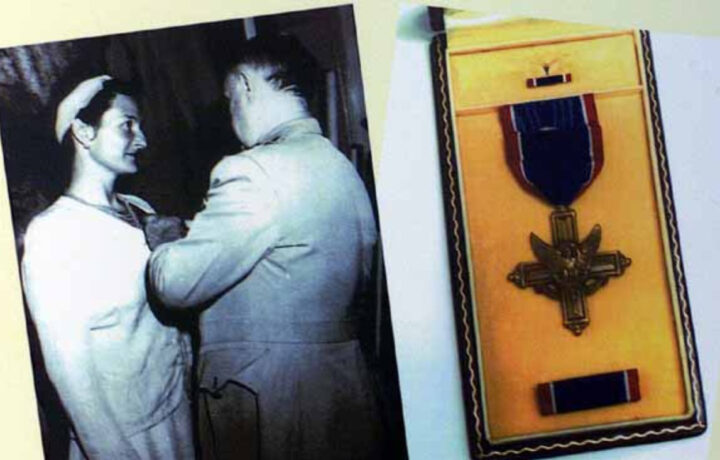Virginia Hall’s dreams of becoming a diplomat nearly came crashing down after she lost her leg in a hunting accident. Little did she know, she would later use that same disability as part of her disguise in one of the most important spy missions of all time. As one of the most famous female American spies, Virginia Hall showed the world that disabilities don’t have to stop you from serving your country.
How much do you know about Virginia Hall? Take our quiz to see how you measure up?
Born in Baltimore, MD, in 1906, Hall attended Radcliffe and Barnard universities before attending graduate school at American University. After studying abroad, multi-lingual Hall took on a clerk position at the U.S. Embassy in Warsaw. She was transferred to Turkey, where she encountered the hunting accident that ended in the amputation of her leg.
She applied for her dream job as a diplomat, only to have her hopes dashed after being found unfit for service because of her leg. But as fate would have it, she was living in France at the start of World War II, and she instead volunteered with the ambulance service until France fell.
After leaving France, she fled to England, where being a woman with a disability was an asset to the British intelligence community. No one would suspect someone like her of being a spy, and since America hadn’t yet joined WWII, her stance as an American made it even easier to avoid suspicion.
From joining the Baker Street Irregulars in London to becoming an OSS (the precursor to the CIA) agent running resistance efforts across France, Hall’s role in WWII can not be overstated. During the war, she successfully posed in roles ranging from a New York Post Reporter to a chubby, elderly peasant with a limp, all in service to her country.




